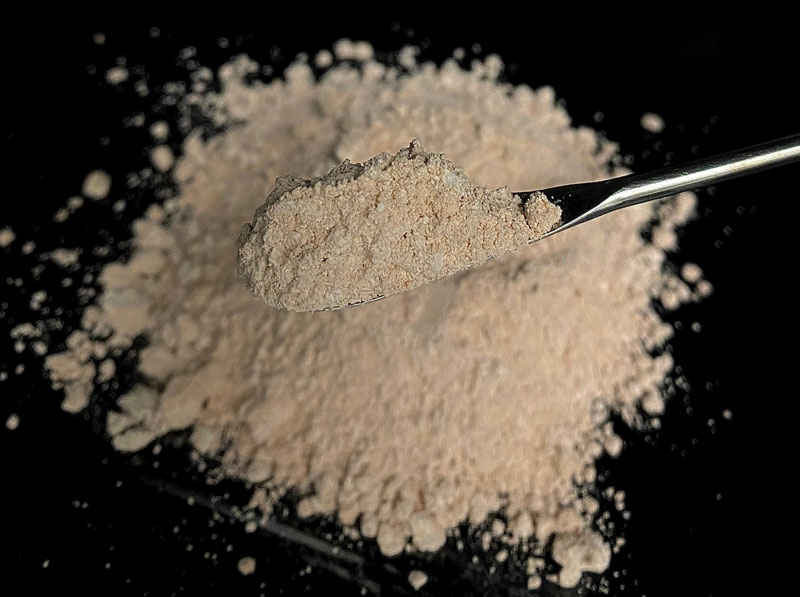Waste not – from mining scraps to hydrogen fuel
Researchers at the Queensland University of Technology (QUT), Australia, are using mining waste to fabricate a potentially ‘cheaper catalyst’ for hydrogen fuel production.

The scientists have thermally modified chemically inert feldspars found in mining waste, such as albite and microcline. The in situ growth of more affordable transition metal nanoparticles, rather than noble metals, on these commonly available feldspar minerals is being used to promote electrocatalytic oxygen evolution reaction (OER) activity for electrochemical water splitting into hydrogen.
‘A one-step thermal reduction method was used for the preparation of these new catalysts,’ says Professor Ziqi Sun from the QUT School of Chemistry and Physics.
During the process, the feldspar powders are dispersed with glucose and transition metal-containing salts. After sufficient adsorption and then drying, the feldspar powders loaded with nanoparticles of nickel, cobalt and iron are obtained by
thermal annealing at 900˚C for two hours under a continuous argon/hydrogen mixture gas flow. ‘This new nanocoated material triggers the OER, which controls the overall efficiency of the whole water splitting process,’ describes Sun.
The paper, published in Advanced Energy & Sustainability Research, reads, ‘The glucose used in this synthetic protocol has several crucial roles…1) ensuring homogeneous mix of feldspar mineral powders with metal-containing salts as aqueous dispersions, 2) mediating the metal nanoparticle-support interaction during the growth process, 3) reducing the size or dimension of the resultant transition metal particles under thermal reduction process, 4) carbonising and activating the electrochemical inert silicon oxide species within feldspar frameworks, and 5) stabilising transition metal nanoparticles by forming metal–carbon bonds.
‘As a consequence, the resultant metal nanoparticles anchored onto feldspar mineral surfaces are favourable for OER, which greatly promotes the added value of the natural, abundant, low-cost, aluminosilicate minerals.’
The feldspar powders occupy 99% of the overall catalysts in either weight or volume percentage.
The researchers have found that the cobalt nanoclusters decorated onto thermally reduced microcline (Co-KASO) are the most efficient among the examined metal-doped feldspars. They also suggest the Co-KASO catalyst performs better than conventional noble-metal-based catalysts, such as ruthenium oxide (RuO₂), without any modification to the hydrogen production process.
To trigger the requisite oxygen reduction reaction, Sun reports that the Co-KASO catalyst presents an overpotential of 330mV to reach 10mA cm-2 for a stable operation of 70 hours, while the referential RuO₂ catalyst needs an overpotential of 410mV.
He says, ‘Co-KASO has a Tafel Slop of 50.6mV dec-1, much better than that of RuO2 of 90mV dec-1, suggesting a favourable kinetic for industrial-scale catalysis…Of course, further optimisations or modifications are needed to push these catalysts into real applications.’
He concludes, ‘We have demonstrated the possibility [of] the direct use of minerals or mining tailings, which opens a new window for the design of novel catalysts for fuel generations.’
Sun now hopes to expand the database of suitable mineral and mining tailings for future materials selection.







